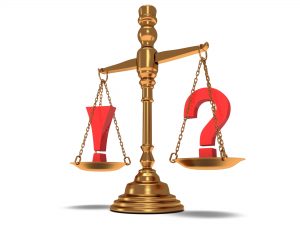This website uses cookies so that we can provide you with the best user experience possible. Cookie information is stored in your browser and performs functions such as recognising you when you return to our website and helping our team to understand which sections of the website you find most interesting and useful.

Susan E. Mazer, Ph.D. Blog
Thoughts and ideas on healthcare
Hi, and welcome to my blog! I'm Susan E. Mazer -- a knowledge expert and thought leader on how the environment of care impacts the patient experience. Topics I write about include safety, satisfaction, hospital noise, nursing, care at the bedside, and much more.
What’s the Price of Patient Safety?
January 16, 2015
 Good news is great news when it comes to lives saved due to effective and consistent patient safety practices. Crediting financial incentives provided in the Affordable Care Act, the U.S. Department of Health and Human Services reports that 50,000 lives were saved between 2010 and 2013 due to defined practices that led to less adverse events in hospitals.
Good news is great news when it comes to lives saved due to effective and consistent patient safety practices. Crediting financial incentives provided in the Affordable Care Act, the U.S. Department of Health and Human Services reports that 50,000 lives were saved between 2010 and 2013 due to defined practices that led to less adverse events in hospitals.
Why do we need financial incentives to do what is right?
The price of a single adverse event — whether a fall, infection, or error, is so much greater than the cost of prevention.
Hospital noise is a risk factor, not merely an annoyance. And, when it comes to HCAHPS, the noise question has the highest level of correlates to the other HCAHPS question scores.
In other words, a low score in quiet at night indicates a low score in other areas. The quiet at night question gets consistently the lowest score, and in casual discussion, is the main reason patients want to go home from the hospital. They want to be able to sleep.
There are well documented practices that can broadly improve the patient experience and, in turn, HCAHPS scores.
And, while we may be doing better, clearly it is not enough to those patients who are still being injured or losing their lives as a result of an adverse event in a hospital.
The environment of care — the personal, micro environment that starts in the bed itself, also informs safety. For example, if the bed is too cluttered, if it is uncomfortable, if patients are entangled in sheets, they will intuitively try to free themselves.
And, this becomes a fall waiting to happen.
If noise beyond a patient’s capacity to understand invades their experience, agitation an anxiety plays out in their vital signs and the effectiveness of pain management is reduced.
Nights are the worst hours. Each 60-minute hour is long, lonely, and without interruption because hospital activities are shut down to allow patients to sleep. But, for those unable to sleep, the quiet in darkness offers neither comfort nor distraction.
A sleep-deprived patient is at risk of depression, slower healing, agitation, and more.
Keeping patients safe is not merely a mandate; it’s an ethic — one that must be clearly demonstrated to patients and family members. It is more than doing no harm.
Rather, it’s about doing what is good and comforting for the benefit of recovery. Creating an optimal patient experience. Which begins removing or minimizing risk to both patients and staff.
Clearly, if we do this, HCAHPS scores will take care of themselves.
P.S. If you like this post, please do me a favor and share on LinkedIn, Twitter, Facebook, etc. Also to get automatic notices when a new post is published, subscribe (upper right). No spam – just great content. Thanks!










